Introduction
Shockwave therapy — particularly radial extracorporeal shockwave therapy (rESWT) — is a non-invasive, well-researched treatment option in the conservative management of chronic tendinopathies, enthesopathies, and calcific disorders. At Tensegrity Sports Clinics, we use the EMS Dolorclast® Radial Shockwave system, a globally recognised device validated in numerous clinical trials.
This article outlines the biological mechanisms, clinical indications, and evidence base for shockwave therapy in musculoskeletal care.
Mechanism of Action
Shockwaves induce therapeutic effects through mechanotransduction, triggering the release of growth factors and promoting tissue regeneration. Other effects include:
- Neovascularisation: Vetrano et al. (2010) showed increased angiogenesis in tendons post-ESWT in animal models.
- Pain modulation: Wang et al. (2003) found decreased levels of substance P and CGRP in treated tissues.
- Matrix remodelling: Repeated impulses improve tenocyte proliferation and collagen synthesis (Notarnicola & Moretti, 2012).
- Calcific deposit breakdown: Mechanically disrupts hydroxyapatite in calcific tendinitis (Rompe et al., 2001).
Evidence-Based Indications
- Chronic Tendinopathies
Plantar Fasciitis:
A meta-analysis by Yin et al. (2014) involving 9 RCTs concluded that ESWT is more effective than placebo for chronic plantar fasciitis.
✅Significant improvements in VAS and AOFAS scores over 3+ sessions.
Achilles Tendinopathy:
Furia et al. (2006) reported positive outcomes for chronic mid-portion Achilles tendinopathy with radial ESWT vs control.
✅ESWT combined with eccentric loading showed superior outcomes (Rompe et al., 2009).
Lateral Epicondylitis:
A Cochrane Review (Buchbinder et al., 2005) initially showed mixed results, but more recent studies (Speed et al., 2002; Staples et al., 2010) support use in recalcitrant cases.
Greater Trochanteric Pain Syndrome:
Rompe et al. (2009) found ESWT significantly improved pain and function compared to home exercise alone at 4 and 15 months.
Patellar Tendinopathy:
van Leeuwen et al. (2009) showed promising outcomes in athletes; adjunctive ESWT improved function when standard rehab plateaued.
- Calcific Tendinitis of the Shoulder
- Evidence:
Gerdesmeyer et al. (2003) conducted a multicenter RCT showing focused ESWT significantly reduced calcification size and improved function.
Rompe et al. (2001) confirmed effectiveness of low- to medium-energy protocols in partial deposit resorption.
- Myofascial Trigger Points
- Evidence:
Jeon et al. (2012) demonstrated improvements in pain and pressure-pain threshold in patients with trapezius myofascial pain after radial shockwave.
Han et al. (2017) found that rESWT was superior to dry needling in chronic MPS over 4 weeks.
- Shin Splints / Medial Tibial Stress Syndrome
- Evidence:
Moen et al. (2012) reported improved return-to-sport rates with ESWT compared to traditional rest and rehab in athletes with chronic MTSS.
Patient Selection & Contraindications
Ideal candidates:
- Tendinopathy >6 weeks duration
- Failed conservative care (physio, NSAIDs, injections)
- Chronic enthesopathy confirmed by imaging or palpation
- Activity-related pain that worsens with load
Contraindications:
- Local malignancy
- Bleeding disorders or anticoagulant therapy
- Pregnancy (especially lumbopelvic region)
- Open wounds or active infection
Clinical Protocols and Outcomes
- Treatment duration: 3–6 weekly sessions
- Device: EMS Dolorclast Radial Shockwave
- Energy levels: Adjusted per tissue tolerance and location
- No anaesthesia required
- Return to function typically improves within 2–4 weeks
Shockwave therapy is most effective when integrated into a broader care pathway, including:
- Eccentric or heavy slow resistance loading
- Manual therapy
- Neuromuscular retraining
- Sport-specific return-to-play protocols
Conclusion
The application of shockwave therapy is firmly rooted in contemporary musculoskeletal medicine. With a growing body of evidence and minimal risks, it serves as a valuable adjunct for patients with chronic, non-responsive tendinopathies and soft tissue pathologies.
At Tensegrity Sports Clinics, we combine clinical reasoning, diagnostic assessment, and best-practice protocols to ensure shockwave therapy is used where it’s most effective — not just applied reflexively.
To refer a patient or book a consult, visit: www.tensegrity.com.au
References
- Gerdesmeyer L, et al. Extracorporeal shock wave therapy for the treatment of chronic calcifying tendonitis of the rotator cuff: A randomized controlled trial. JAMA. 2003.
- Rompe JD, et al. Repetitive low-energy shock wave treatment for chronic lateral epicondylitis. Arthritis Rheum. 2001.
- Furia JP. High-energy extracorporeal shock wave therapy as a treatment for insertional Achilles tendinopathy. Am J Sports Med. 2006.
- Rompe JD, et al. Shock wave therapy for chronic proximal hamstring tendinopathy in professional athletes. Am J Sports Med. 2009.
- Yin MC, et al. Shockwave therapy for plantar fasciitis: a meta-analysis of RCTs. PM&R. 2014.
- Vetrano M, et al. Extracorporeal shock wave therapy promotes cell proliferation and collagen synthesis of primary cultured human tenocytes. Knee Surg Sports Traumatol Arthrosc. 2010.
- Jeon JH, et al. The effects of extracorporeal shock wave therapy on pain, disability, and depression of chronic low back pain patients. Int J Rehabil Res. 2012.
- Han H, et al. Comparison of radial ESWT and dry needling in myofascial pain syndrome: RCT. J Phys Ther Sci. 2017.
- Moen MH, et al. Shockwave therapy for medial tibial stress syndrome in athletes: a prospective controlled study. Am J Sports Med. 2012.
